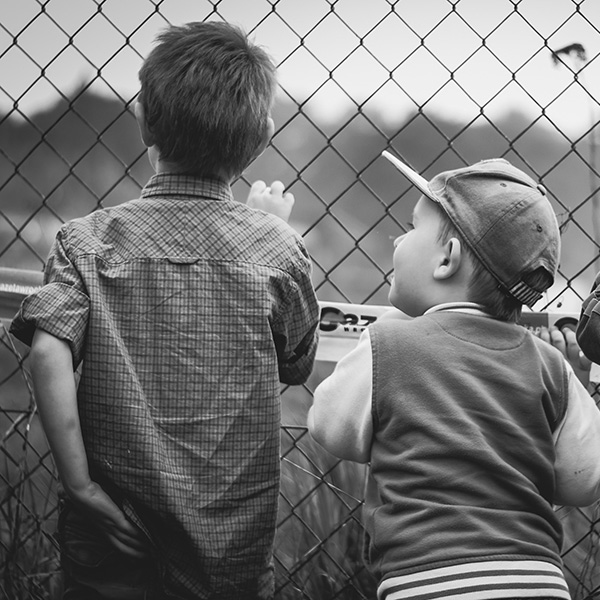I wrote this piece for my blog, and then it was picked up by Growing Up in Santa Cruz. Read it on their site. I think it’s an important topic for parents to keep in mind as we struggle through this period of pandemic and distance learning.
6 ways to structure online learning for physical and mental well-being
The other day I went for a “physical distance, social closeness” walk with a friend at the beach. She teaches adults at a law school, and was wondering how to do her online courses in a way that would mirror how she teaches in person.
In the past, she had observed that her students, adults with day jobs, were tired in the evenings, so she arranged things so that they would get up and move about the room for various different activities. How was she going to do this online?

We brainstormed some ideas for her, and while we were doing that, I mused about how my own students are no longer doing all the things they were doing before the pandemic. Most of them are probably doing online courses for much of the day now, even for physical education. Lots of them have working parents who can’t fill in the holes.
During the first quarantine, I paid special attention to my teens, many of whom are quite independent and not used to being at home with their families all day. I redesigned some of my activities with their mental and physical health in mind.
This coming year, I am planning to pay more attention to promoting healthy habits in my classes. In the spirit of sharing with other teachers, and hoping that parents will keep this in mind at home, here are some of my ideas and the reasons for them.
1. Incorporate movement when possible
Maybe this seems obvious, but kids are moving even less than they used to. At school, at least they were moving around the classroom. And during recess, they had other kids to interact with.
Movement is really not an obvious match with the courses I teach, but I hope to encourage them to move before and after class when possible. And who knows, I might figure out a way to incorporate movement specifically in my webinars…without inciting chaos!
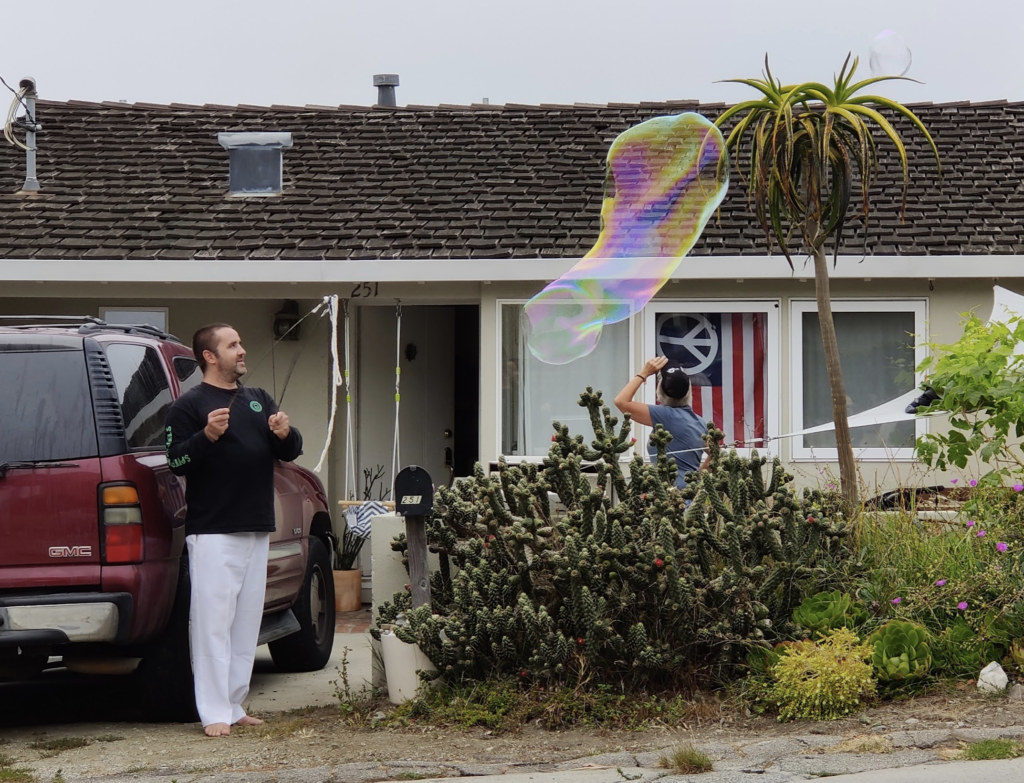
2. Get students away from the computer screen for specific tasks
It’s so easy for all of us to get sucked into the screen and think of it as real life. But that leads us to be less in touch with the environment around us. My classrooms (where students do self-paced learning when they are not in the live webinar room) are obviously full of videos. But I also incorporate real-world activities when possible, asking them to engage with physical objects, pets, and other people in their household.
3. Engage the senses
Obviously, my students are engaged with their eyes whenever they are involved in the class and their ears during our webinars. I try to make sure that my courses are visually and aurally stimulating. But that’s just a small part of the world.
Now that they aren’t getting as much sensory stimulation in their daily lives, I’m giving more thought to how to incorporate all senses into my webinars and my assignments. That will be an easy one in my new Yum! class about food and eating.
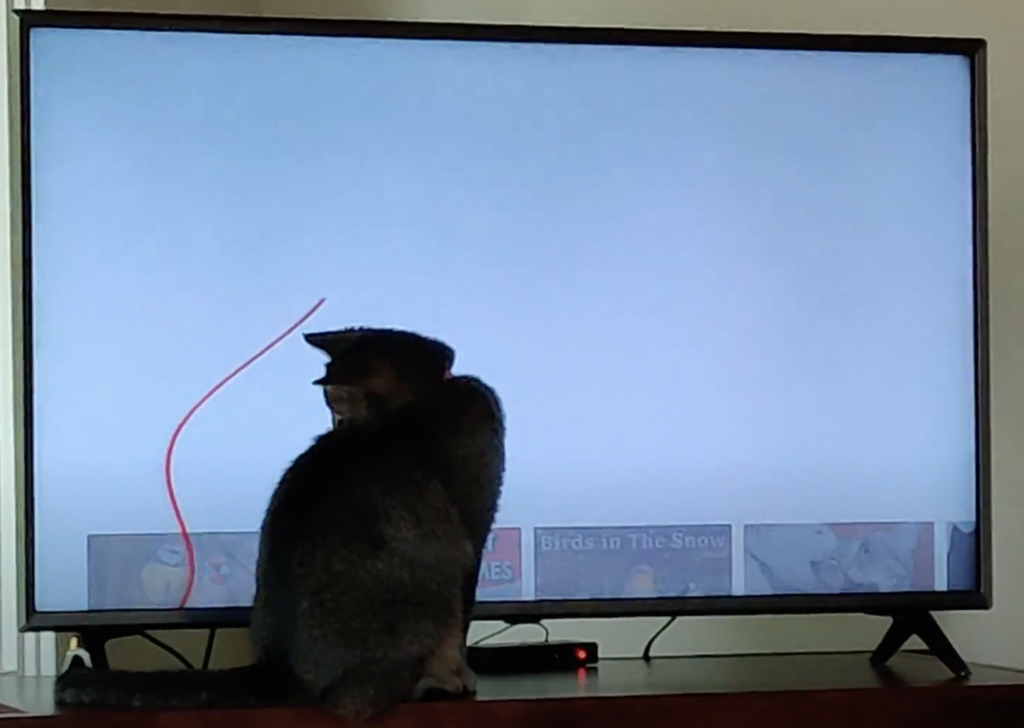
4. Get students to change the focal distance of their eyes
Our webinars are mostly around an hour long. Although I recommend that parents never schedule young students for more than an hour at a time online, many parents already did that before the pandemic. Now, most of my students will probably be online most of the day.
In normal life, our eyes change their focal distance on a regular basis. Aside from using screens, there are very, very few typical activities that we do that require us to sit with one focal distance for a long time. My plan is to try to get students to look away from the screen whenever I can, if only for a moment.
5. Keep students in tune with their physical bodies
If students are now going to be sitting in front of a computer for wall-to-wall online courses, it will be very easy for them to literally forget about their physical bodies. Breathing, focus, and periods of quiet will help them be more present in their bodies.
Teachers who have a single group of kids in an online course for hours at a time will need to find ways to keep the kids’ attention but also keep their bodies engaged. This will be a hard task for them! Since I never teach for more than an hour at a time, by design, I don’t run into this problem.
6. Keep them grounded in the physical world
All of us need to remember that the physical world is where we are. Lots of the services we use online are designed to try to make us forget. Kids are especially susceptible to becoming convinced that their online “life” is more important than the physical world around them.
Teachers can help students by making sure that their assignments and activities involve the physical world around their students. Even though we don’t necessarily connect with our students’ families the way that classroom teachers do, we can ask them to use their home life as a resource. Even though the room in which they are attending school is one that we may never set foot in, we can integrate that physical space into the world we create online.
Related:
Humans need meaningful work
…and if you don’t have any, you have to make it up for yourself!
I was reading an article in from a March New Yorker (yeah, I’m a little behind) about the opioid epidemic, and something really struck me as relevant to all of us, especially during this pandemic:
What Case and Deaton have found is that the places with a smaller fraction of the working-age population in jobs are places with higher rates of deaths of despair—and that this holds true even when you look at rates of suicide, drug overdoses, and alcohol-related liver disease separately. They all go up where joblessness does.
https://www.newyorker.com/magazine/2020/03/23/why-americans-are-dying-from-despair
The people they are referring to as “jobless” here are not people who are actively seeking employment. They are people who have given up. It turns out that the opioid epidemic is worst in places with higher rates of people who have simply given up on work.

Humans are built for meaningful work. We thrive on it. And it’s clear that “meaningful” doesn’t have to mean important, exciting, or high-status. A fellow school-mom told me that she found her job as a garbage truck driver extremely fulfilling, and I could go on and on about people I’ve met in all walks of life who found satisfaction in a job well-done—no matter what the job.
I think that this leads to an extremely important parenting issue during this pandemic:
Our kids need meaningful work
Any good teacher will tell you that their job isn’t to teach, it’s to inspire. All kids will learn if they feel that it’s the meaningful work that they are doing in their lives. Anyone can transmit information. Good teachers create an environment where learning is the job that kids are inspired to do.
But in a time of pandemic, lots of our kids are “stuck at home.” Their teachers are pixels on a screen, and now we parents are on the front line of helping them find meaning in what they are doing.

It’s a hard job! The other day I had a discussion about college during the time of Covid with my teen students, and it’s clear that this carrot that they were dangling in front of themselves is looking less like a carrot and more like an illusion, a whoopee cushion, or a relic from the past. Looking forward to college was the way they made the work they were doing feel meaningful.
Come fall, it’s going to be harder for them to find meaning in their studies. They and our younger children will all need a new way of finding pleasure in a job well done.
We ALL need meaningful work
So we parents are going to have to help inspire our kids to find meaning. But that means we have to look at our own lives and find it, too. A lot of adults out there are out of work, semi-permanently furloughed, part-time… Many of us have lost the rhythm of life that inspired us and made us feel pride in a job well done.
I’ve always felt that the number one thing parents can do for kids is to model the behavior they want to see. That means that we have to figure out a way to find meaning in what we are doing—whatever that may be.
Let’s avoid a new epidemic of despair
The New Yorker article points out that any person can become physically addicted to opioids. But the epidemic happened in places where a large amount of the people didn’t have work that gave their lives meaning.
As this pandemic runs its course, one of our jobs is to continue to be productive members of the society we live in, even if we’re stuck at home. Watching fear-mongering videos and going down Internet rabbit holes with other scared people is not going to give us what we need.
Humans need meaningful work. What does that mean to you?
Fall 2020 education: flexibility is key
Longtime readers know that my family has used almost every type of educational approach for our kids. We like to joke that the only type of school that we haven’t tried is Christian Military Academy!
My younger son is currently about to graduate from a mainstream public high school (his choice), and I have to say, I have been pleasantly surprised at how well they have handled this crazy situation that was dumped in their laps. I’ve heard lots of complaints from parents in other districts, but I share none of them. It’s not perfect, but my son’s teachers got well-trained, really quickly, and they are trying hard.
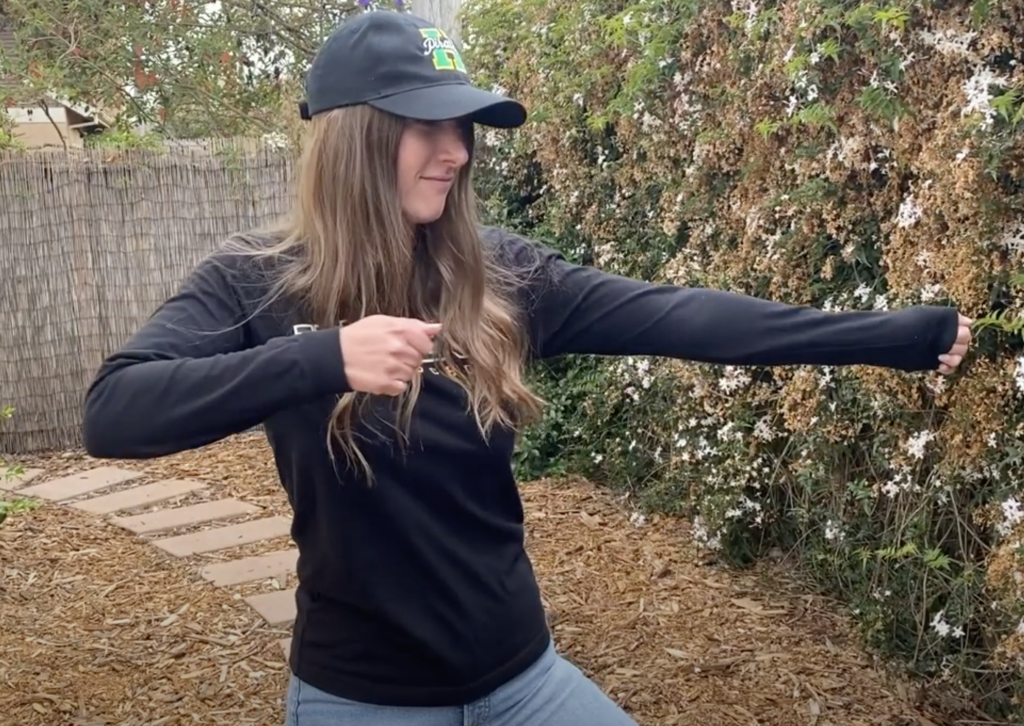
They’re even making embarrassing videos.
One of the things that our district is doing really well is parent communication. OK, perhaps they are overdoing it: I don’t actually need a text message to tell me to read my email!
This week they asked for parent input through ThoughtExchange, a nifty little tool for exchanging ideas.
I had one thing to say and I hope I said it well: the public school system needs to be more flexible.
Rooted in tradition is not necessarily good
Public schools have not grown organically. They were formed on a specific model of learning, and all changes have taken place as if that model is not worth questioning.
When people have come up with better ideas that built on top of that model, they were tolerated. The charter school system, for example, was built on top of the standard public school model.
When people have come up with ideas that require throwing that model out the window, like the great educational thinker John Holt, for example, public schools would have none of it. They had certain tenets that would not be questioned:
All students must learn in age-homogeneous groups.
All students must be required to be on campus a minimum number of hours.
All students must study state-mandated curriculum.
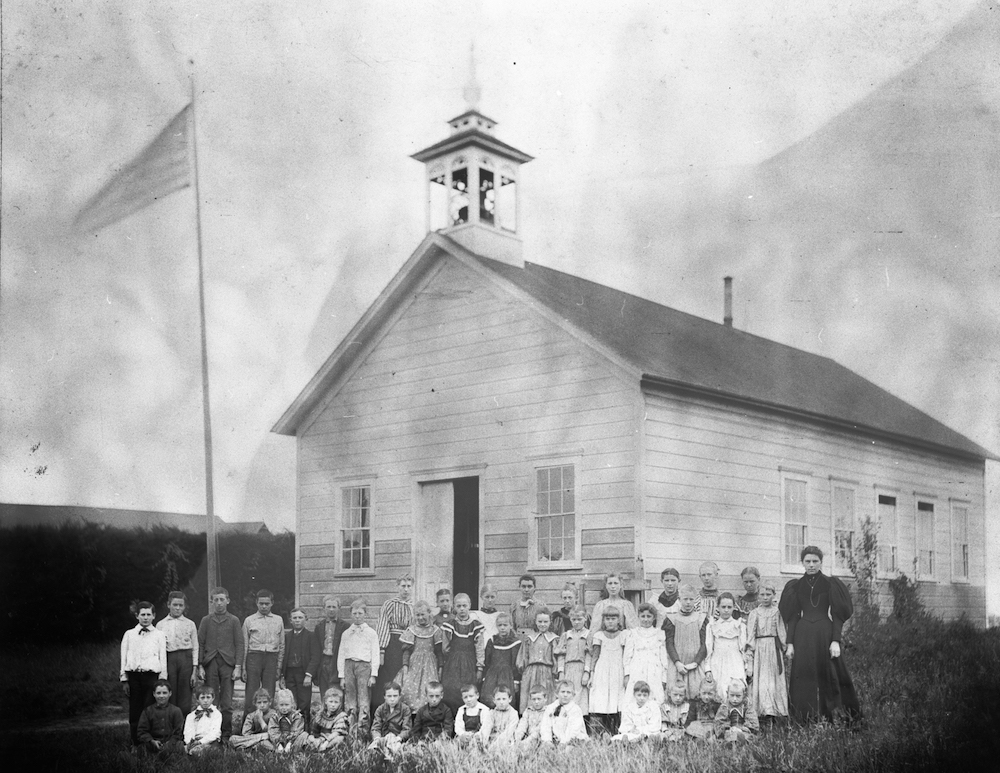
Enter the quarantine
This pause in school-as-usual can be seen two ways:
It can be seen as an irritating interruption, to be gotten past as soon as possible.
Or it can be seen as an opportunity.
I prefer opportunity.
Integrate home and school
Kids do better emotionally when they feel nurtured, loved, supported—all that stuff they have in a healthy home. We have cut families out of schools by design, and yet principals wail about lack of parent participation. Schools are simply not designed to be emotionally healthy and integrated with home life.
Now that we’ve got parents and home intertwined with school, let’s not give that up.
Stop demonizing alternatives
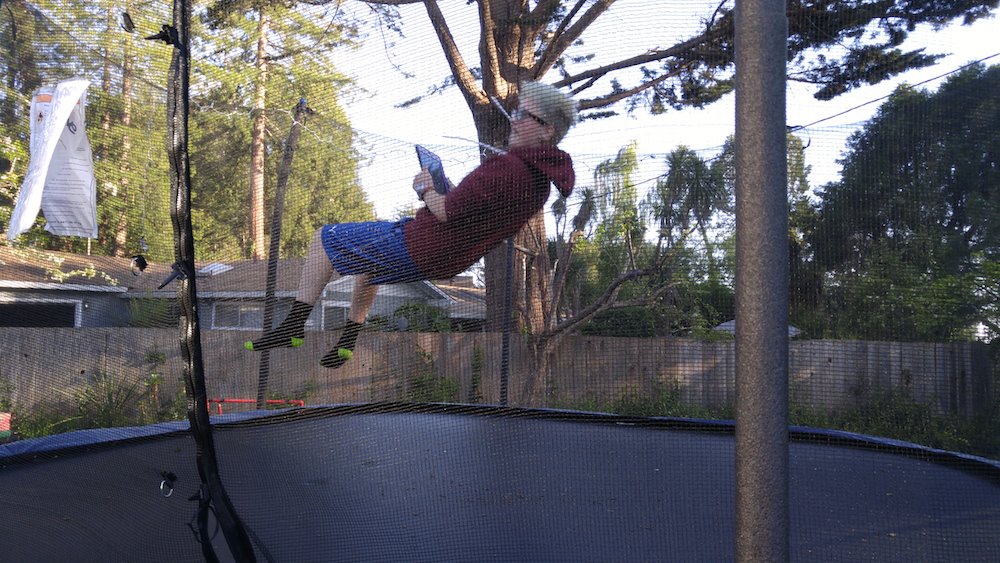
When you judge a fish by how well it climbs a tree, the fish comes out looking pretty lame. Alternative schools are for kids who need alternatives. That means that the alternative will not reflect the demographic make-up of the surrounding district. When students and families choose schools, they make choices based on themselves, not the society they live in.
Yes, we should make sure that all choices are open and welcoming to all families, but districts need to allow for differences. For example, stop demonizing a program that attracts struggling students for its low test scores.
States have to stop assuming that all cultural groups are the same. Programs that suit the unique needs of a cultural group are not equivalent to racism. Equal education does not mean the same education.
Principals have to stop coming into schools and trying to strip the individualism out of the school in the name of “quality.”
Offer maximum flexibility
In a world where families can choose 20 different types of toothpaste, education is presented as a monolithic single choice.
That doesn’t fit with our culture. Some students, certainly, not only need to be at school for the allotted time but also need aftercare. Some students thrive in standard curriculum with a typical school day schedule.
But many students don’t. Parents around the country are remarking on the positive changes they are seeing in their children:
My kids are learning so much more at home.
My teen is sleeping—finally! And waking up a reasonable human being.
My kid who was bullied has had a huge dip in her anxiety level.
We started following my kids’ interests and suddenly they love education.
Live and LEARN
If public school administrators and teachers don’t learn from this experience, they’re in the wrong profession. Teachers talk about creating lifelong learners—this should be the goal of everyone. We should all look at this situation and see what we can take away from it that is positive and good.
I was happy to see that I wasn’t the lone voice for thoughtful reconsidering of what school should be in the ThoughtExchange conversation initiated by my district. Let’s make sure the districts hear our voices, and don’t think that reversion to the status quo is any sort of achievement.
Resources:
- Cuomo questions why school buildings still exist — and says New York will work with Bill Gates to ‘reimagine education’
- What lessons from the coronavirus pandemic will shape the future of education?
- Need to teach online? Here are a few pointers from someone who does it every day
- Temporary homeschooling tips
3 things you can do to help your child with Covid-19 anxiety
Something I notice is that advice articles for mental health often speak to adults about adult problems. But our kids often face the same challenges—especially these days and especially when it comes to anxiety.
So this isn’t my advice, per se, but rather distilled from a bunch of articles I’ve read. But it is mine in that as a teacher of a pack of highly sensitive, perfectionistic, creative kids…I know a little about dealing with kids and anxiety!
So here’s the advice, from parent/teacher to parents/teachers:
Give them accurate information
Kids know when we’re lying. And when we don’t give them full information, they go try to find it online or from their friends or siblings.
Yet parents are tempted, over and over, to withhold information from their children. Whether it’s how babies are made or the effects of illegal drugs, parents can be tempted to hope that by sticking their heads in the sand, they’ll save their kids some heartache.
But accurate information is the key to figuring out the root of anxiety. And kids of any age can handle accurate information that is offered in an age-appropriate manner. Telling your kids “don’t worry about it” isn’t really going to fly, whether the issue at hand is making babies, taking drugs, or a worldwide coronavirus epidemic.
If you haven’t done so, make a regular habit of having conversations (formal or informal, whichever works best in your family). Update your kids on what is happening and what’s being done. Make sure they trust you enough to go to you first for answers.
Let them know that they can’t think their way out of this
This is a classic situation for runaway anxiety: Fear in humans starts in our “lizard brain,” the deeper brain that we have little conscious control over. But the part of our brain that we think about as our “thinking” brain, the prefrontal cortex, is pretty darn egotistical. It thinks it can think us out of any problems we face.
But we can’t think ourselves out of fear of something that really is fearful and really is menacing us. We have to accept that this coronavirus is scary. For your kids, it’s the realest, scariest thing they’ve probably ever faced.
Help your kids accept that fear is part of this situation, but that trying to think ourselves out just sends us into a brain spin. If your kids were already prone to anxiety, you know what it’s like. They think and think and with each think get deeper into the spin of anxiety.
The only way out of this is forward, and the only way out of this without fear taking over our lives is to accept that this situation is fearful, but to focus on what is being done to fix it.
Give them a positive role to play
For a long time, American parents have operated on the premise that kids are better off not knowing about or taking part in the problems around them. We want to protect our kids, and modern day American life has given us the tools to do so.
But even in normal times, protecting our kids from everything does them a huge disservice. Remember a lifetime ago when we were preoccupied with helicopter parents? Well, we’re still helicoptering. We need to land that copter and find a way to include our kids.
Use whatever resources you have to give them a role to play, however small. Can they make videos for other kids? Can they sew masks? Can they help you choose a food kitchen to donate to?
It’s not pollyannaish to put a positive spin on this situation—it’s a survival mechanism.
I hope you are all weathering this as best you can, staying healthy, and enjoying more time with your children.
